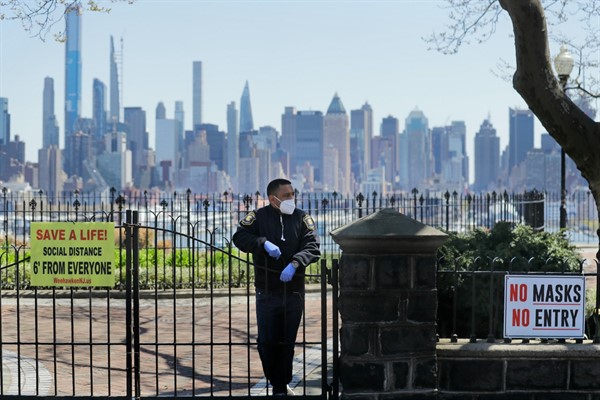In 1950, less than one-third of the world’s population lived in cities. Today, that share has leaped to 55 percent, according to the United Nations, and is projected to grow further to 68 percent by 2050. Cities have also become much more globally interconnected and much more diverse, as improvements in transportation infrastructure and the ease of commercial air travel led millions of people to migrate to urban areas.
In many countries, these trends have produced impressive economic gains, but have also come with significant damage to the environment, as well as risks to health, as we’re seeing now with the coronavirus pandemic. This week on Trend Lines, WPR’s Elliot Waldman is joined by Ronak B. Patel, the founder and director of the Urbanization and Resilience Program at the Harvard Humanitarian Initiative, for a conversation about how cities are changing in the era of COVID-19, and what the future of urban life might look like. Click here to read a transcript of an excerpt from the interview.
Listen:
Download: MP3
Subscribe: Apple Podcasts | RSS | Spotify
Relevant Articles on WPR:
What the Pandemic Looks Like in the World’s ‘Ungoverned Spaces’
To Save the Economy From COVID-19, Protect Informal Workers
Can an Open World Exist After COVID-19?
A New ‘Lockdown Generation’ Is Raising the Risk of Global Upheaval
If you like what you hear on Trend Lines and what you’ve read on WPR, you can sign up for our free newsletter to get our uncompromising analysis delivered straight to your inbox. The newsletter offers a free preview article every day of the week, plus three more complimentary articles in our weekly roundup every Friday. Sign up here. Then subscribe.
Trend Lines is produced and edited by Peter Dörrie, a freelance journalist and analyst focusing on security and resource politics in Africa. You can follow him on Twitter at @peterdoerrie.
To send feedback or questions, email us at podcast@worldpoliticsreview.com.

